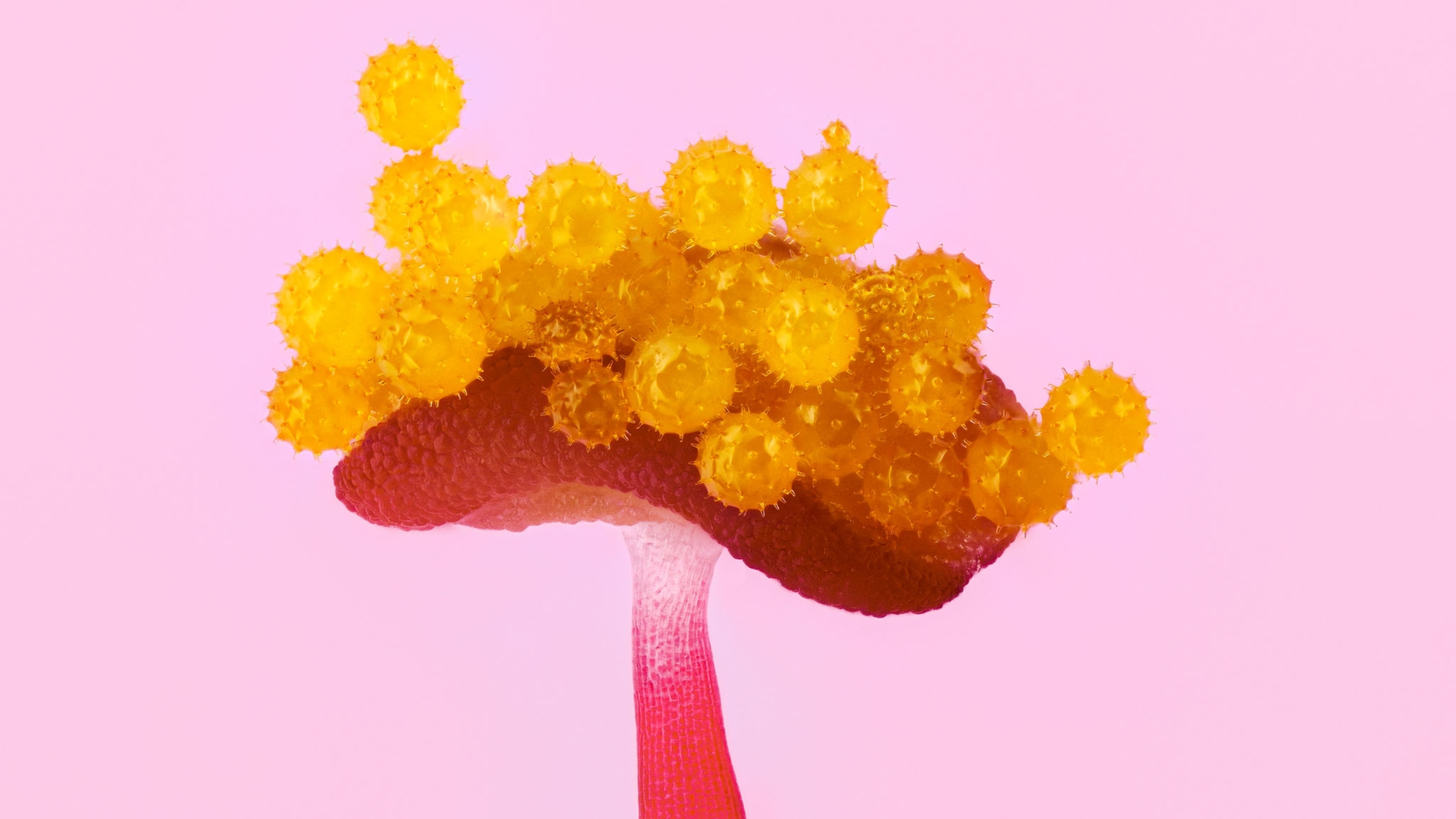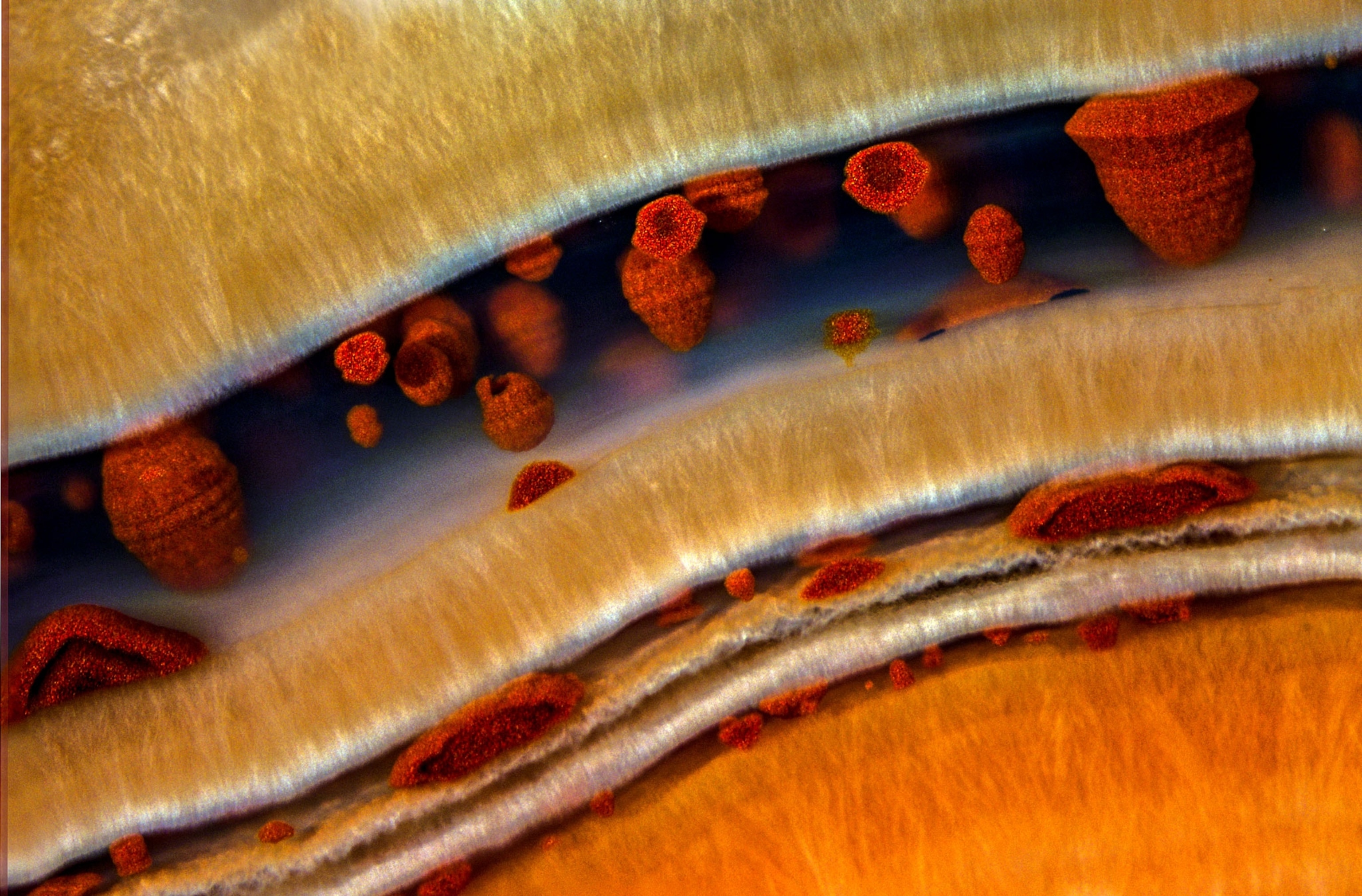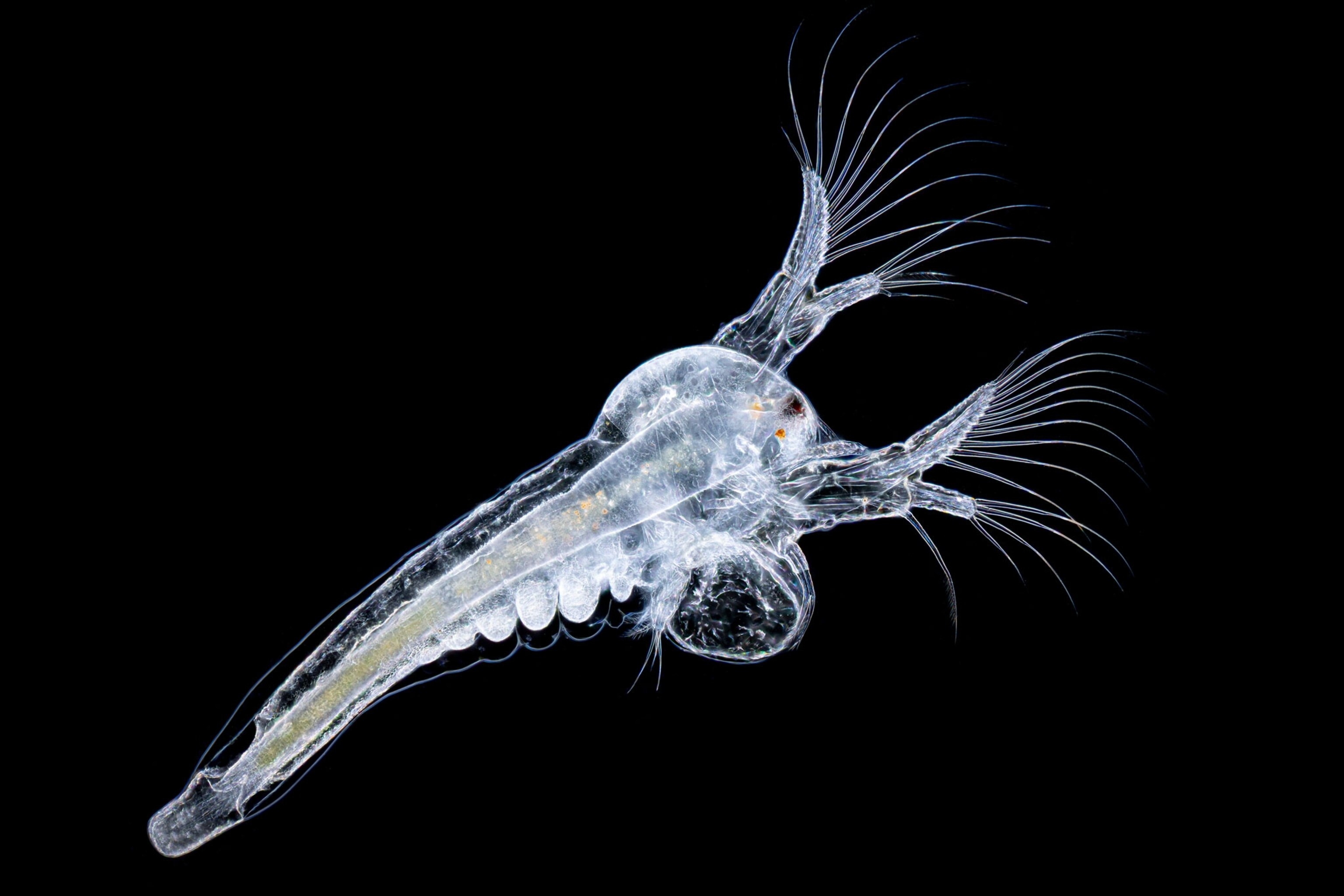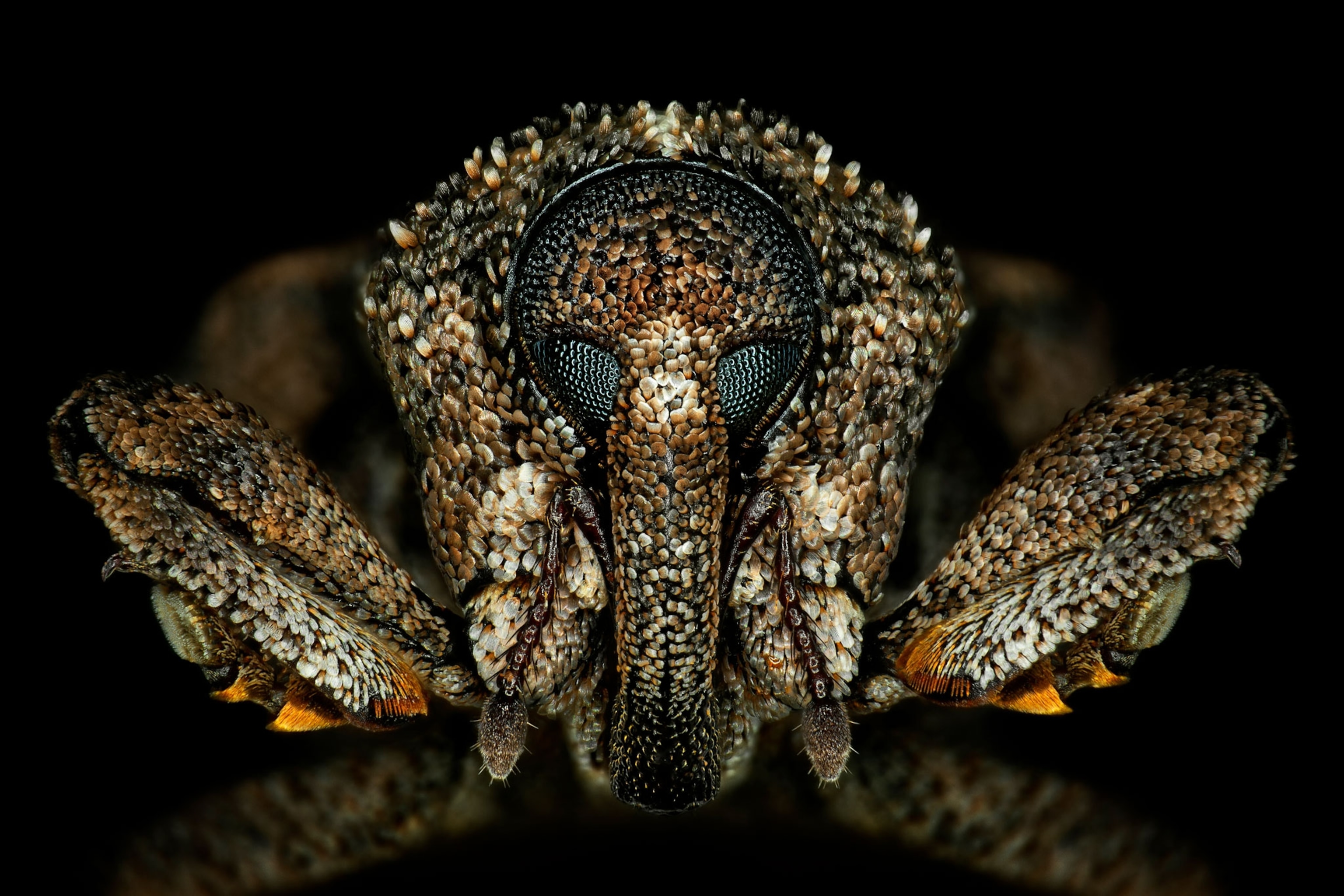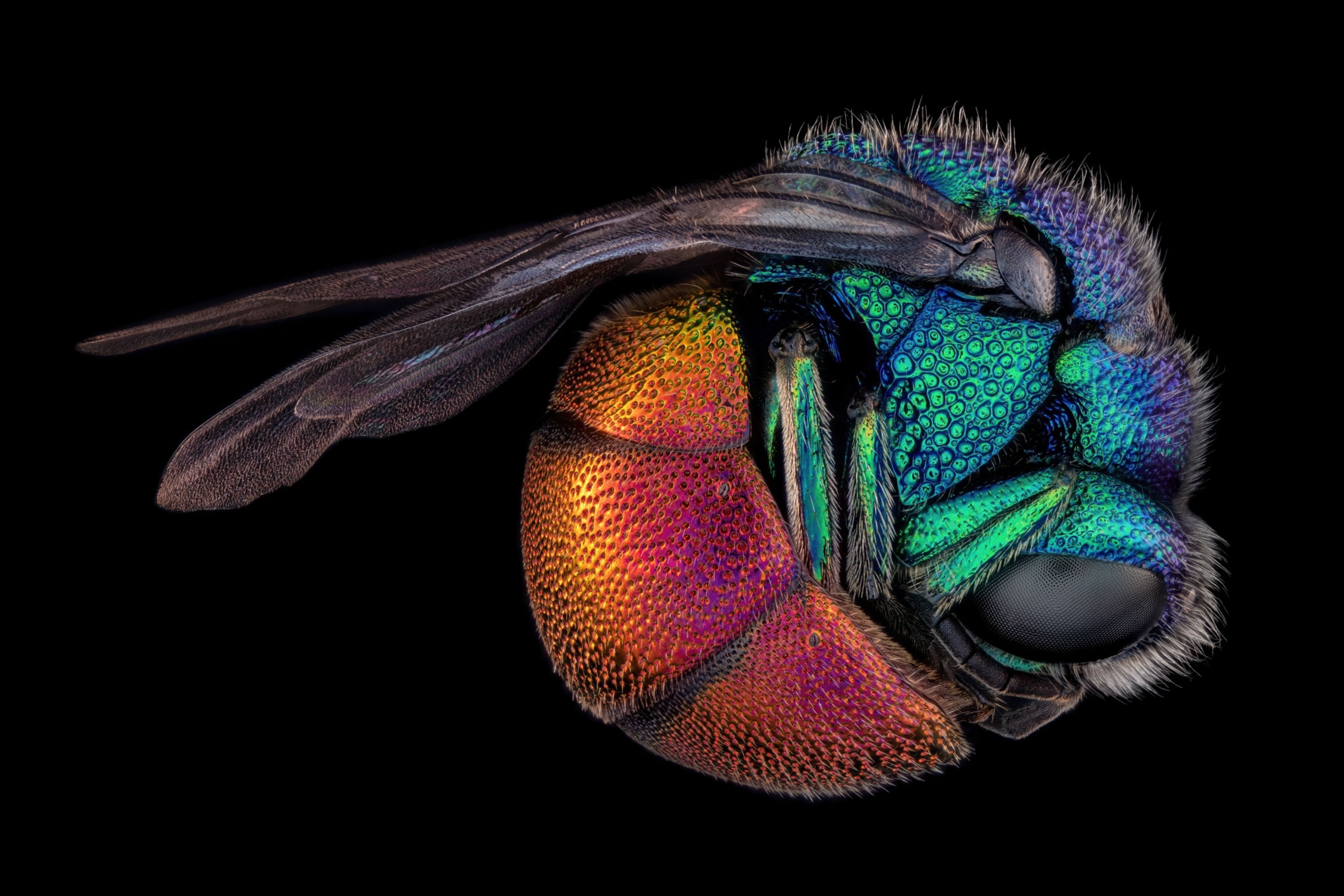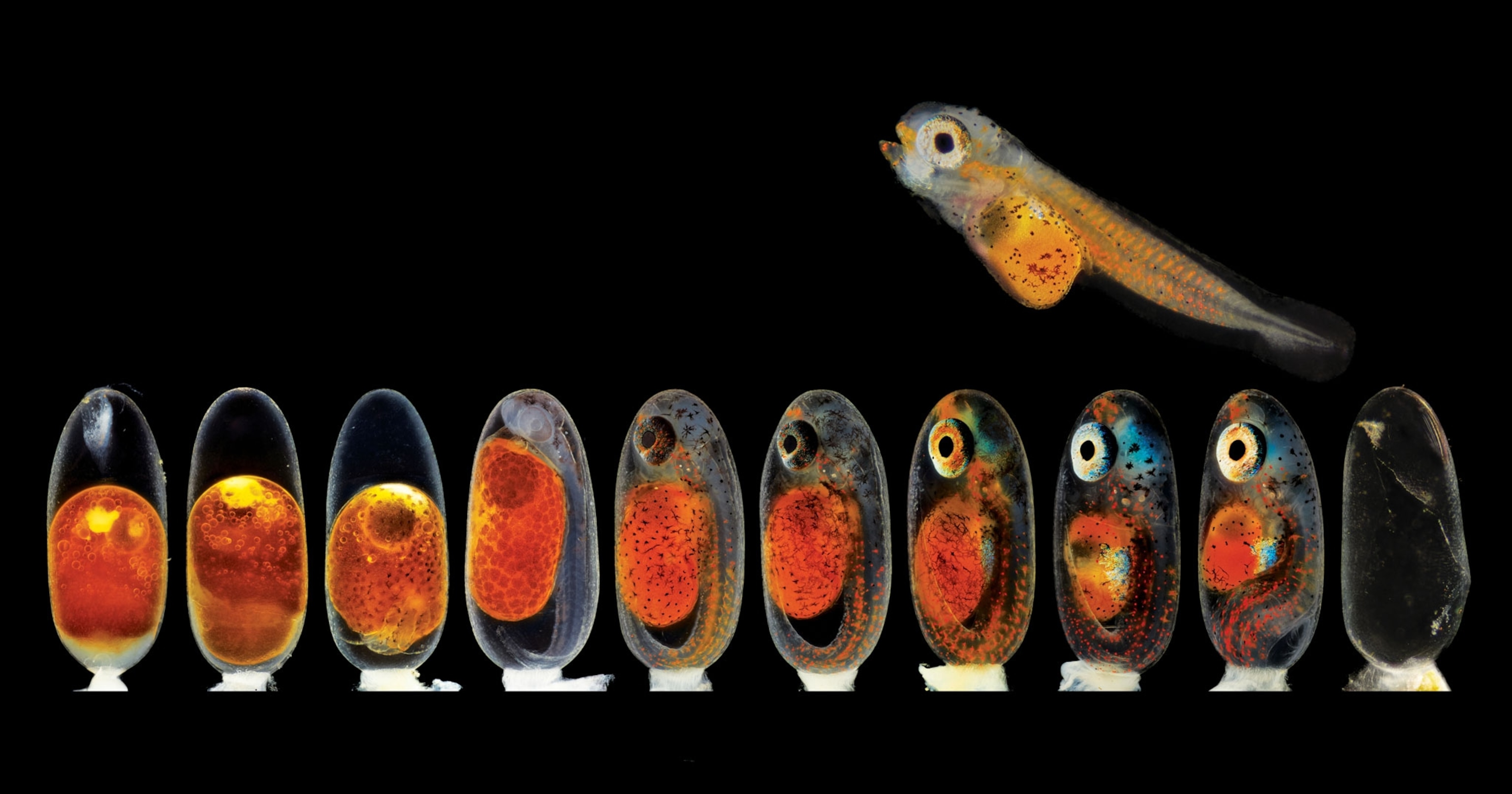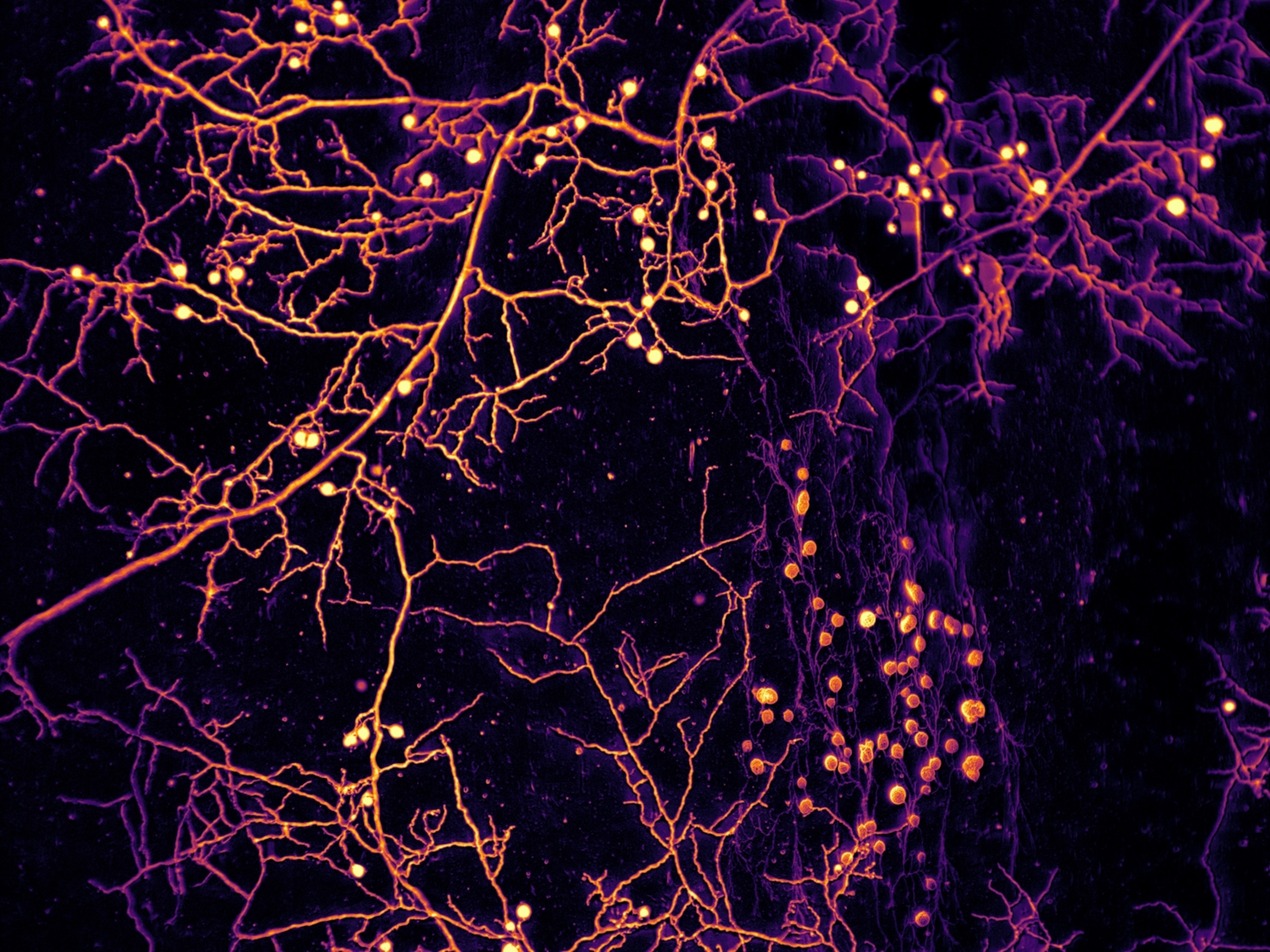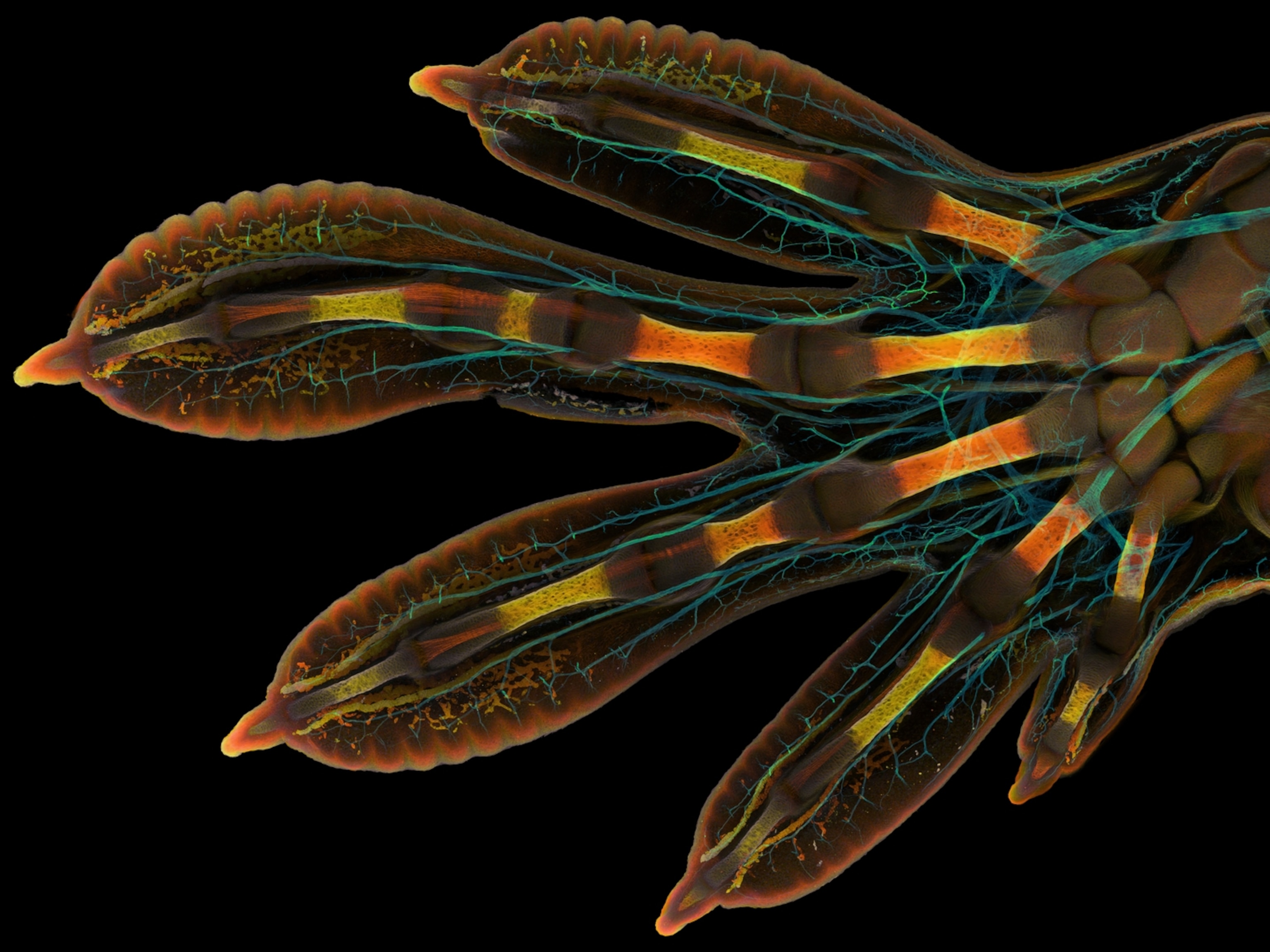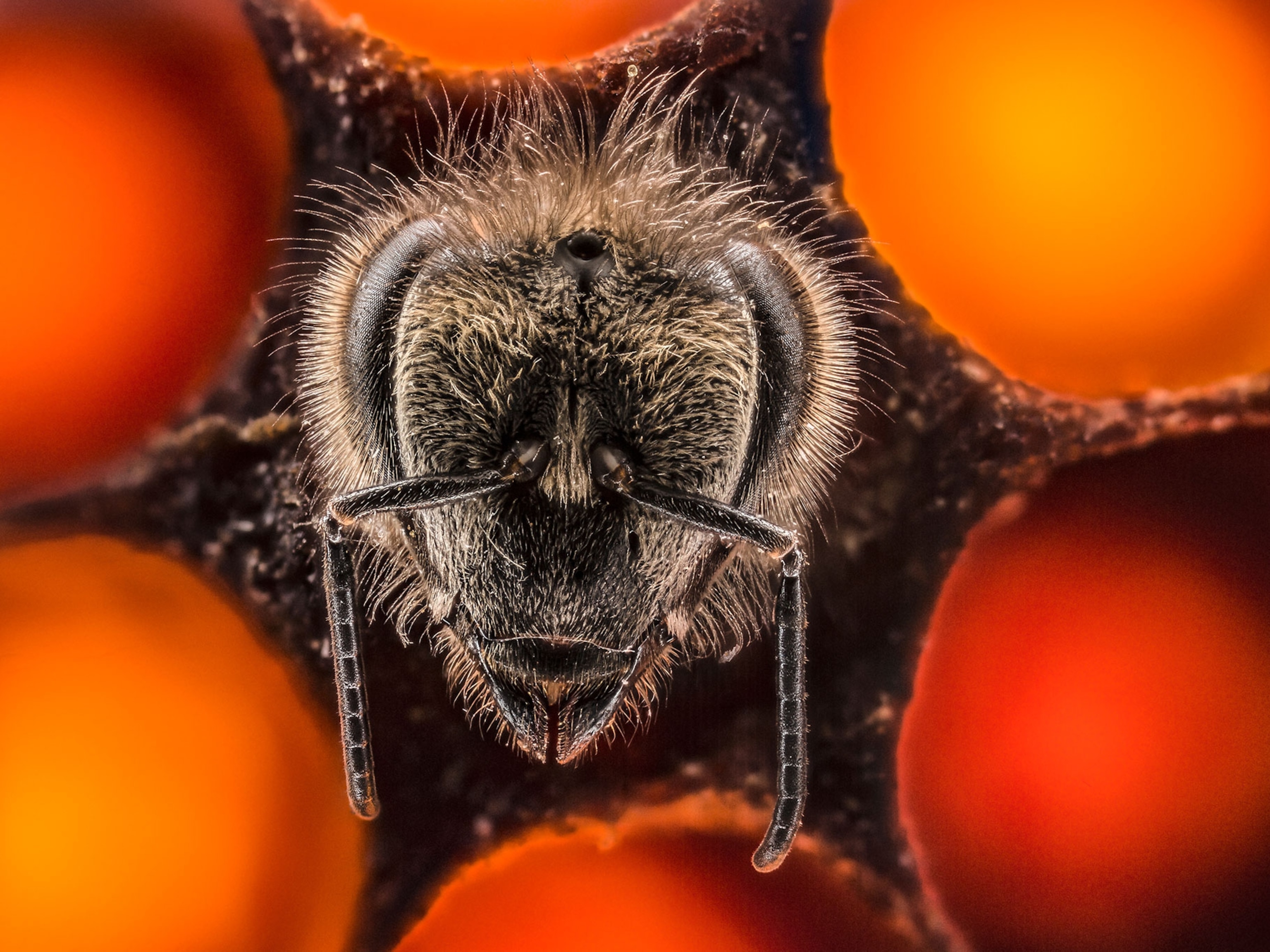Color, texture, and shape sublimely intermingle in the world outside my window. Mottled green vines grow in a tangle punctuated by shiny red orbs of cherry tomatoes. Scalloped leaves drift to the ground as the wind rustles the tree branches. But gazing at this tableau, I know another visual feast hides in plain sight: the world of the tiny.
From spiky grains of pollen to the golden scales of a butterfly’s wing, the smallest details are easy to overlook. So every year Nikon’s Small World Photomicrography Competition reminds us of that diminutive beauty. Now in its 47th year, the competition received 1,900 entries from 88 countries from people seeking to visualize the details often invisible to the naked eye.
Nikon’s competition honors the rapidly advancing technology of photomicrography. The tools and techniques available have advanced by leaps and bounds since the father-and-son duo Hans and Zacharias Janssen, both Dutch spectacle-makers, created the first microscope in 1590. That discovery opened up a new world to explore—right down to the plaque on humans teeth, which Antony van Leeuwenhoek described in 1683 as white matter “thick as if ’twere batter.”
This year’s contest entries reveal extraordinary details of some surprisingly ordinary things, from the vibrant glow of backlit sand to the plume-like antennae atop a midge’s head. All this year’s winners are available for viewing on Nikon’s website. And here, National Geographic photo editor Todd James selected the images that captured his imagination among this year’s full crop of honorees.
“For me, this contest is less about who won than a wonderful reminder of how miraculous nature is at every scale,” James says.
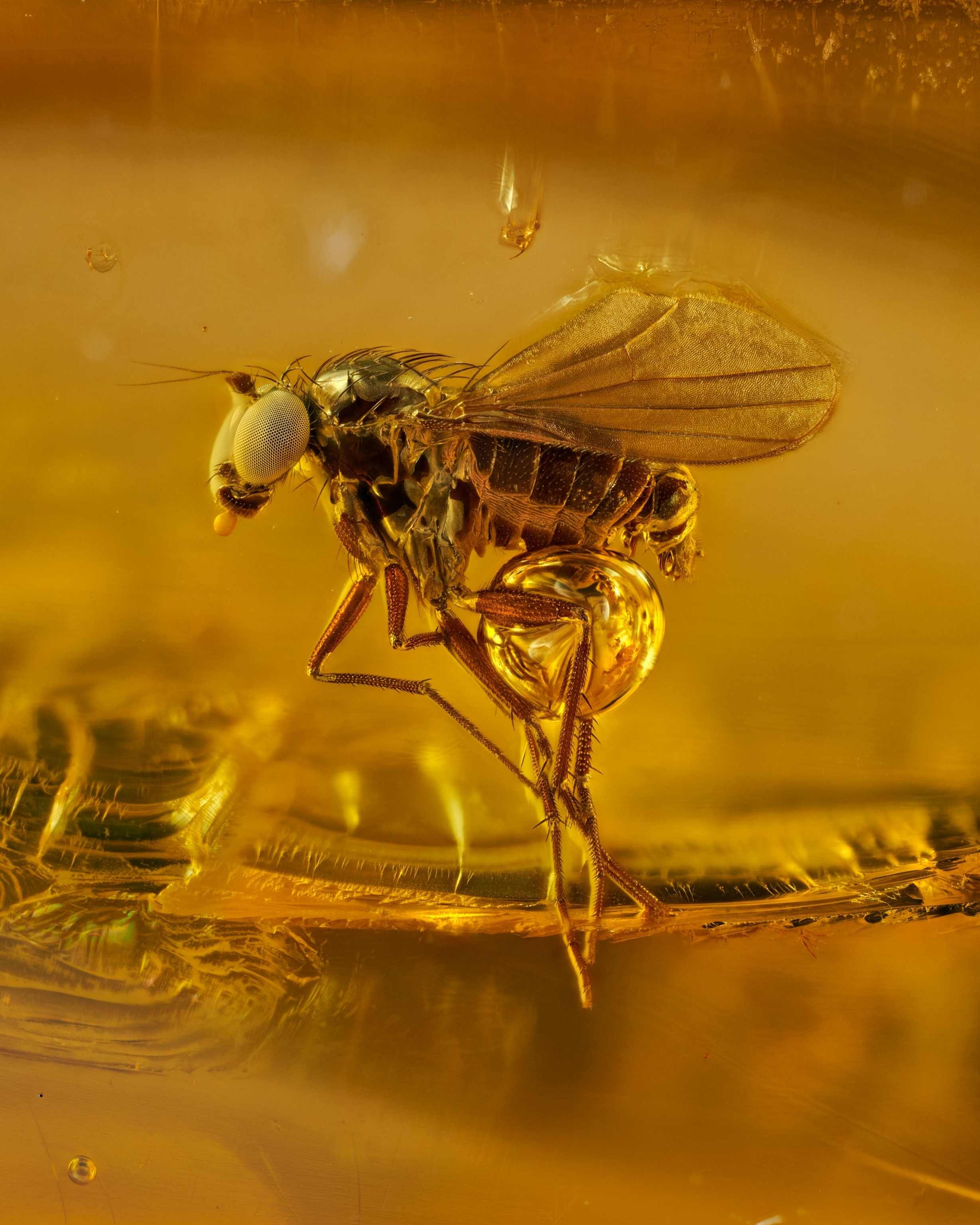

---20x.jpg)

